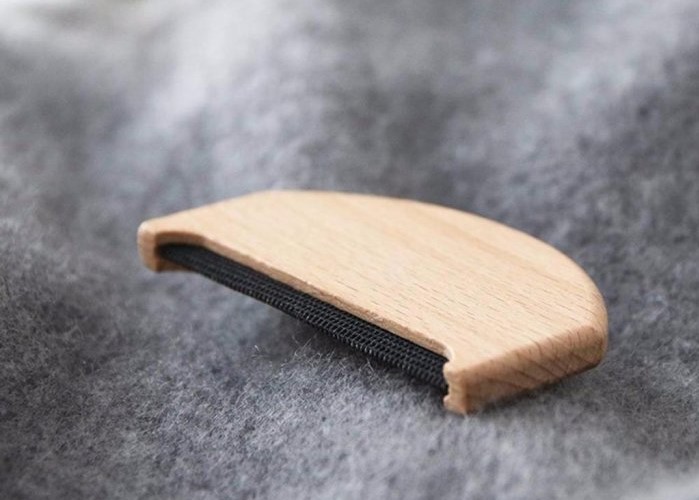Cashmere is one of the most luxurious yet delicate yarns in existence. It is essential to take care of cashmere garments to enjoy them for a long time. One of the common phenomena occurring on cashmere garments is the so-called 'pilling' effect.
What is pilling?
Pilling is a natural and typical characteristic of wool, particularly cashmere, resulting in the appearance of small balls ('pills') on the garment's surface. These pills form because, when the garment is worn, body heat warms it, causing the yarn (especially if not tightly twisted) to expand and release tiny surface fibers that roll up on themselves. Pilling is not an indication of low yarn quality, as mistakenly believed; instead, it is a completely common feature of both cashmere and fine wool. Nevertheless, it remains visually unpleasant, and for this reason, it's interesting to know how to reduce the phenomenon and extend the lifespan of your garment.
Why does pilling occur?
As mentioned, the tendency to form pills on cashmere and wool garments is not only natural but even more pronounced in softer and lighter garments. Why? Yarn achieved through many twists will result in a heavy garment with tightly packed fibers, limiting, though not entirely preventing, the occurrence of pills. On the other hand, a garment produced with fewer twists will create a lightweight, soft, and fluffy garment more prone to pilling.
There is a scale measuring a garment's resistance to pilling, ranging from 1 (poor) to 5 (excellent). A good cashmere garment has a resistance rating between 3 and 4.
In conclusion, it is important not to sacrifice the softness of the garment, as pilling will occur whether it's cashmere or wool. In any case, it is a preventable and manageable phenomenon.
Discover how to prevent and treat the pilling issue; download our dedicated guide.

